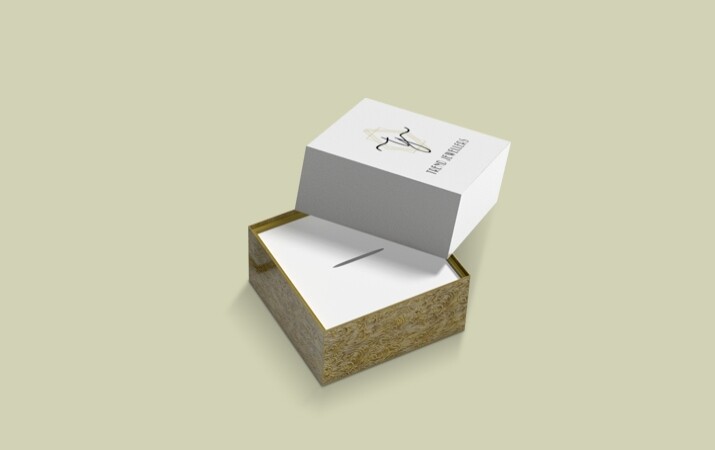UV coating may seem like just another type of print coating, but it is not. It can actually make your colors pop, improve the vibrancy of your photos, and give your packaging an attractive shine.
UV Coating is a clear substrate that gets applied on the printing material and then cured with UV light to create a high-gloss effect on the surface of the material.
It has the capability to give your artwork design a sleek look so it can attract as many customers as you want.
Before you run off to your local printer to try it out, here is all the essential information that you must know about it.
What is the process of UV coating?
One of the most famous finishes amongst packaging is UV coating. It’s a clear compound that gets applied to the printing materials and includes the following ingredients to make sure that it is bonded correctly to the surface of your packaging.
- Calcium
- Carbonate
- Kaolinite
- Polyethylene
The coating is spread evenly over the packaging using techniques like rollers or silkscreens. Once applied, the surface is exposed to ultraviolet light, instantly hardening the liquid coating. This creates a durable finish that resists scratches, water, and chemicals, safeguarding your packaging while also enhancing its appearance.
Is there any difference between Spot UV and UV coating?
Yes, there’s a key difference between Spot UV and UV coating. UV Coating refers to a liquid coating applied to the entire surface of a printed piece. After application, the entire surface is cured under UV light. UV coatings can be gloss, matte, or textured.
Whereas, spot UV is a specialized type of UV coating applied selectively to specific areas of a printed piece. It highlights particular design elements, logos, or text, creating a glossy, raised effect that contrasts with the surrounding surface.
Think of it this way, UV coating is like applying a full coat of clear nail polish to your entire nail, and spot UV is like applying clear nail polish with a design (like a heart or a dot) on just part of your nail.
Types of UV Coating
Elevate your custom packaging with the perfect UV coating finish. Here are a few popular options to consider:
Gloss UV
Achieve maximum shine and vibrancy with Gloss UV. This classic coating creates a sleek, polished surface that makes colors pop. For smaller areas or to create subtle contrast, consider applying Gloss UV as a spot coating.
Matte UV
Impart a sense of sophistication and understated elegance with a Matte UV coating. This finish offers a soft, non-reflective surface that feels luxurious to the touch. Matte UV works beautifully as either a flood coating (covering the entire surface) or as a spot coating to highlight specific design elements. Keep in mind that a matte surface may be slightly more prone to showing fingerprints than other finishes.
Textured UV
Add a unique tactile dimension with textured UV coatings. These coatings come in various textures, from subtle to more pronounced, creating a surface that’s both visually appealing and interesting to touch. A textured UV finish can set your packaging apart and create a memorable brand experience.
Advantages and Disadvantages of UV Coating
When considering UV coating, it’s essential to weigh its advantages and disadvantages:
Pros:
- Enhanced Visual Impact: UV coating produces a glossy, vibrant finish that elevates the appearance and perceived value of packaging or products, making them visually striking.
- Increased Durability: Compared to aqueous coatings and varnishes, UV coating offers superior resistance to scuffing, ensuring products maintain their quality even through handling.
- Rapid Drying: Its quick-drying nature reduces lead times and enhances overall efficiency during the production process.
Cons
- Vulnerability to Chemical Reactions: Certain PMS colors may cause UV coating to undergo chemical burning, affecting the final appearance.
- Potential Quality Compromise: Improper setup of the printing process can result in defects in the printed output.
Despite its drawbacks, UV coating imparts a sleek, premium look to printed materials, making it an excellent choice for creating a memorable first impression.
For alternative coating and printing options, consider exploring AQ coating, varnish, and UV printing or consult with our product specialists for tailored advice on your packaging needs.

